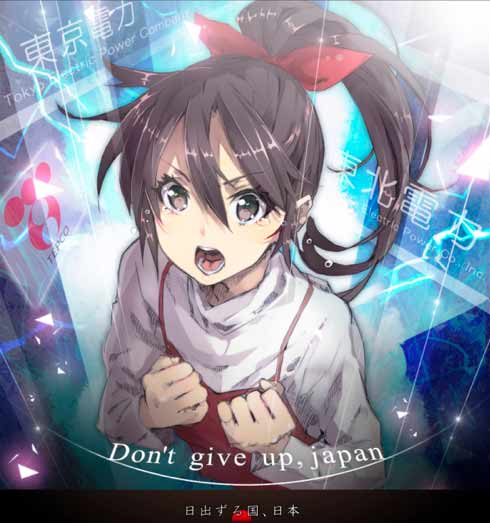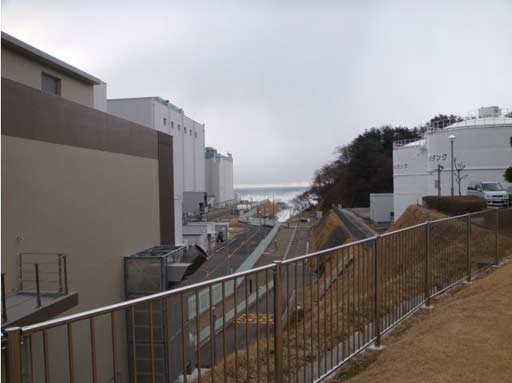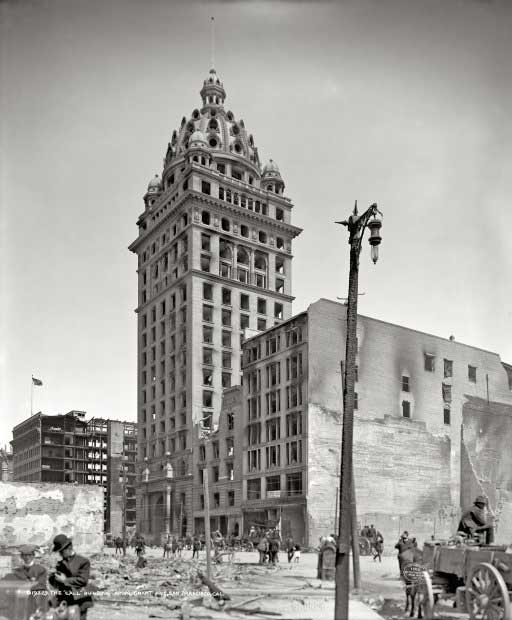“Denko-chan (でんこちゃん), whose name comes from the “den” of electric power (電力, denryoku), the “ko” (子, child) in which female names so often end, trapping their bearers in a state of eternal childhood, and the generally female diminutive suffix “chan”, can be found everywhere in TEPCO propaganda. Here she is, with finger characteristically a-wagging, admonishing us to “Take care of electricity!””
These days, Denko-chan is perhaps more representative of the situation that the country and TEPCO find themselves in when rendered like this, in fan art:
As an energy resource poor island, Japan has embraced nuclear power over the last several decades as a means to ensure security of energy supply. Growth in electricity supply was a key enabler of the Japanese post-war boom and commitment to high-tech industrial growth, but dependence on external sources would have entailed a major vulnerability. The oil shocks of the 1970s strongly underlined the danger of dependency on potentially unstable or capricious foreign suppliers, creating further impetus for nuclear development. The relative independence and self-sufficiency conferred by nuclear development also fitted with a characteristic Japanese cultural insularity. Prior to the earthquake and tsunami, nuclear provided over 30% of Japan’s electric power from 54 reactors. Continue reading “Welcome to The Atomic Village”







